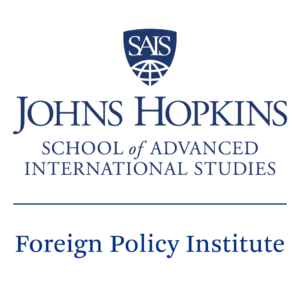Nancy Ajram is Lebanese pop royalty. Her candy-sweet songs are hummed across the Arab world. She’s a natural brand ambassador for the biggest global brands targeting the Arab world — and she has hit the airwaves and billboards across the Middle East on behalf of an unlikely company: a once staid telecoms equipment maker based in Shenzen, China and rapidly rising smart phone global competitor, Huawei Technology Co. Ltd. Today, Huawei phones are the third best selling smart phones globally after Samsung and Apple, and the phone is turning heads in the region much like this Nancy Ajram ad.
In the Middle East, Huawei has been gaining rapidly in market share against Apple and Samsung (still the reigning top 2), thanks in no small part to a media blitz anchored by the Lebanese pop diva. The Ajram-Huawei combination has also included a pop star singing competition a la Britain’s Pop Idol and the U.S American Idol, sponsored by Huawei, as well as a social media blitz.
Huawei is also turning heads for another reason: it is now making higher-end phones of the sort that attract the aspiring middle classes in the Arab world, as well as Europe and broader emerging markets.
In the first half of 2015, Huawei sold 48.2 million units – 20 million of them outside of China, according to the Wall Street Journal. It still ranks third in China, after Apple and local competitor and fellow rising smartphone star Xiaomi, but beats other Chinese competitors globally. The market intelligence firm IDC recently ranked Huawei as the number two smartphone brand in the Middle East and Africa region, as a percentage of market share (8.9%) relative to shipments, as noted in PC magazine.
The rise of Huawei in the Middle East tells a larger story of the rise of China in the region. A decade ago, China’s trade with the region was modest. Today, many countries in the region list China as number one or two in their global trade statistics. For the most part, however, the trade is familiar and traditional: hydrocarbons exports from the Middle East traveling by heavy tanker to China and container ships from China’s coastal cities making their way to Arab cities in tons and tons of nameless manufactured goods.
The Huawei surge reflects a different story: a company that is actively seeking to build a brand in the Middle East and Africa region. Nabila Popal, an analyst with IDC, the telecoms market research firm said, “Huawei’s success in the Middle East and Africa region is no secret. One of the main reasons they have been able to do that, aside from offering good quality, innovative smartphones, has been due to their incredible focus on building brand image in the region,” he was quoted as saying in PC magazine.
The company just launched its first Middle East customer service center in Dubai, a regional and international hub city. The company will likely pull in more customers as it prepares to launch a Nexus smartphone with Google Inc later this year, the Wall Street Journal reports. Clearly, Huawei is positioning itself as a major force for connectivity along the New Silk Road. Indeed, it even sponsors an annual Connectivity Index, ranking countries for their connectivity.
Huawei has been making a push in Africa for several years. It’s a fertile market. Sub-Saharan Africa has the highest growth rate for unique mobile subscribers in the world. With some 330 million unique subscribers, the region is expected to hit 500 million by 2020. As part of its Africa campaign, the company sponsors a program that celebrates – and trains – African female entrepreneurs.
Huawei has yet to make much headyway in the U.S, a crowded market where the company has been dogged by allegations that its networking gear or enterprise systems would be used to spy on behalf of the Chinese government. In 2012, a US Congressional committee declared Huawei a security threat, though a UK security audit of the company found its technology incapable of supporting espionage, ComputerWorld reported.
Huawei, founded in 1987, quietly went about its business for most of its life as an infrastructure provider, building the gear that made connectivity easier. In this new world of selling smart phones, they have had to transition to becoming a brand known to the public. That’s why the Huawei logo is popping up on soccer jerseys from Latin America to Europe, and why a Lebanese pop star’s catchy new song – Nam Ya Habibi (Sleep my Love) – accompanies the roll-out of Huawei’s latest phone in the Middle East.
In the coming smartphone wars, Huawei is a company to watch.

